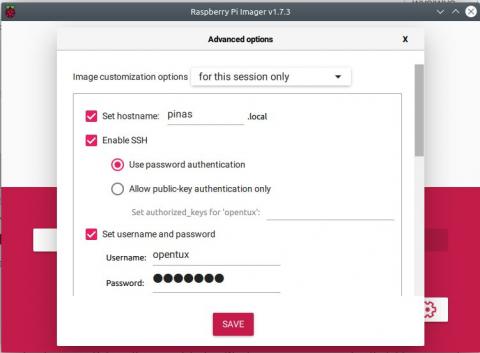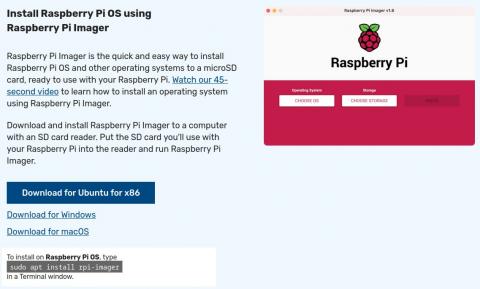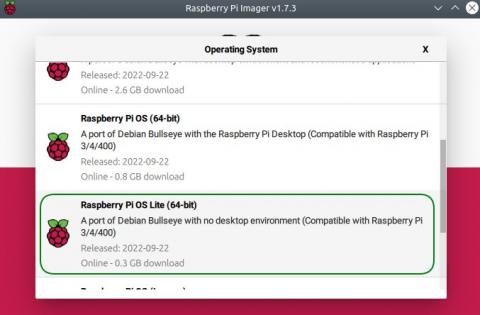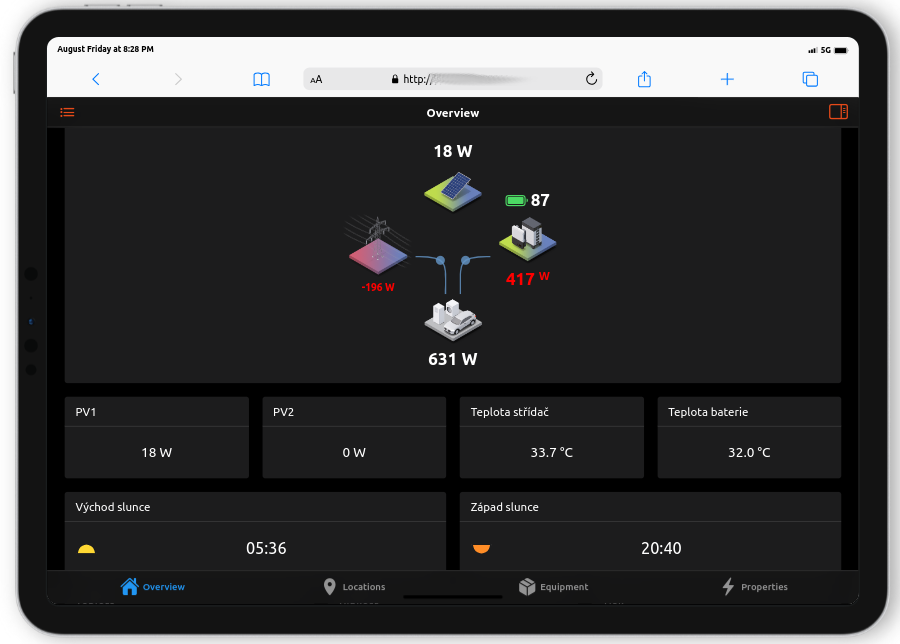Kategorie
Home DIY NAS on Raspberry Pi - installation
Home DIY NAS on Raspberry Pi - installation
What will we need?
Hardware
Raspberry Pi 5 4GB or more (backward compatible with Raspberry Pi 4 and 3), CPU cooler
at least a 16GB microSD card (robust, for example, SanDisk High Endurance, etc.)
HDD variant (2019 - 2023)
USB 3.1 hub with external power supply (number of ports depends on the number of disks + 2, we recommend the USB hub from i-TEC)
2.5" disks (HDD or SSD) - 2, 4, 8, or more as needed (internal + USB3.0/SATA converter or directly in external form)
Accessories - USB to USB-C cable, LAN cable, screws
Case - size depends on the number of disks (we use miniITX from Inter-Tech)
SSD variant (2024 - )
NVME SSDs with a capacity of up to 4 TB
expansion board for the required number of SSDs (1,2,4)
case
USB-C power supply at least 5V/4A
Tip: If you want your home NAS with HDD to look nice, the best solution is to get the smallest possible computer case. There are no limits when it comes to choosing the design and color. You can assemble/attach components into such a case, and the NAS will appear compact. Only the LAN cable and the external USB hub power will lead out of the NAS. For SSD NAS, cases are sold directly for specified expansion boards, and the SSD will always be compact.
Software
In this solution, we use the open-source solution Open Media Vault 7, referred to as OMV.
We will use the Raspberry Pi Imager, available for Linux, Mac, and Windows. This is necessary because, for security reasons, there is no default password on the image anymore, and you must create one. The easiest way to do this is with this utility. Download it via the link below:
https://www.raspberrypi.com/software/
After installation, launch the imager and select your Raspberry Pi version. Then choose Raspberry Pi OS (Other) and Raspberry Pi OS Lite (64-bit) for your Raspberry Pi version.
In the last step, select your SD card (be careful to choose the correct device, it’s better to disconnect all USB disks and flash drives!). Click Next and on the OS Customization prompt, choose Edit Settings. Under the Services tab, enable SSH by selecting Enable SSH and in General, set the hostname and default username and password for SSH. Click Save and then Yes.

Tip: If you want the power LED to light up, for example, on the front of the case, open the SD card, edit the config.txt file on the boot disk, and add the line:
enable_uart=1
Then simply connect the LED connector to Raspberry pins 6 and 8 (GND and UART), and after powering on, the LED will light up.
Now just insert the SD card into the RPi, plug in the LAN cable from your home/office router or network, and power up the RPi. The green icon should start blinking. If the ethernet cable is connected, your RPi has likely received an address from the DHCP router. Connect to your router and check the list of connected devices to find out what IP the device with the hostname pinas (or the one you chose) has. In our case, it is, for example, 192.168.1.56. We will then use SSH access to our RPi. It might be a good time to familiarize yourself with the terminal (command line in Linux) for those unfamiliar, like in the article Command Line Guide for Linux Beginners. It may look daunting, but it is the best thing about Linux. It just works always and everywhere and, most importantly, always the same way.
For Windows 10 users, SSH support is already built-in through the shell. For other Windows users, we recommend the Putty application. For those on Linux, nothing further needs to be said. We can connect via the terminal using the SSH command below. Replace the IP address with the one you found in the router. Enter the username and password you set in Raspberry Pi Imager. For us, for example:
ssh opentux@192.168.1.56
After connecting, perform an OS update with the following two commands:
sudo apt-get update
sudo apt-get upgrade
This will take a few minutes. Finally, install OMV by copying the script:
wget -O - https://github.com/OpenMediaVault-Plugin-Developers/installScript/raw/master/install | sudo bash
After a few more minutes, your non-commercial NAS will be ready to use. The original English guide can be found here. After installation, open your web browser and enter the address of your RPi. You’re done.
Default User name is admin with pass openmediavault.

In the next article, we will look at the basic configuration.













Add comment